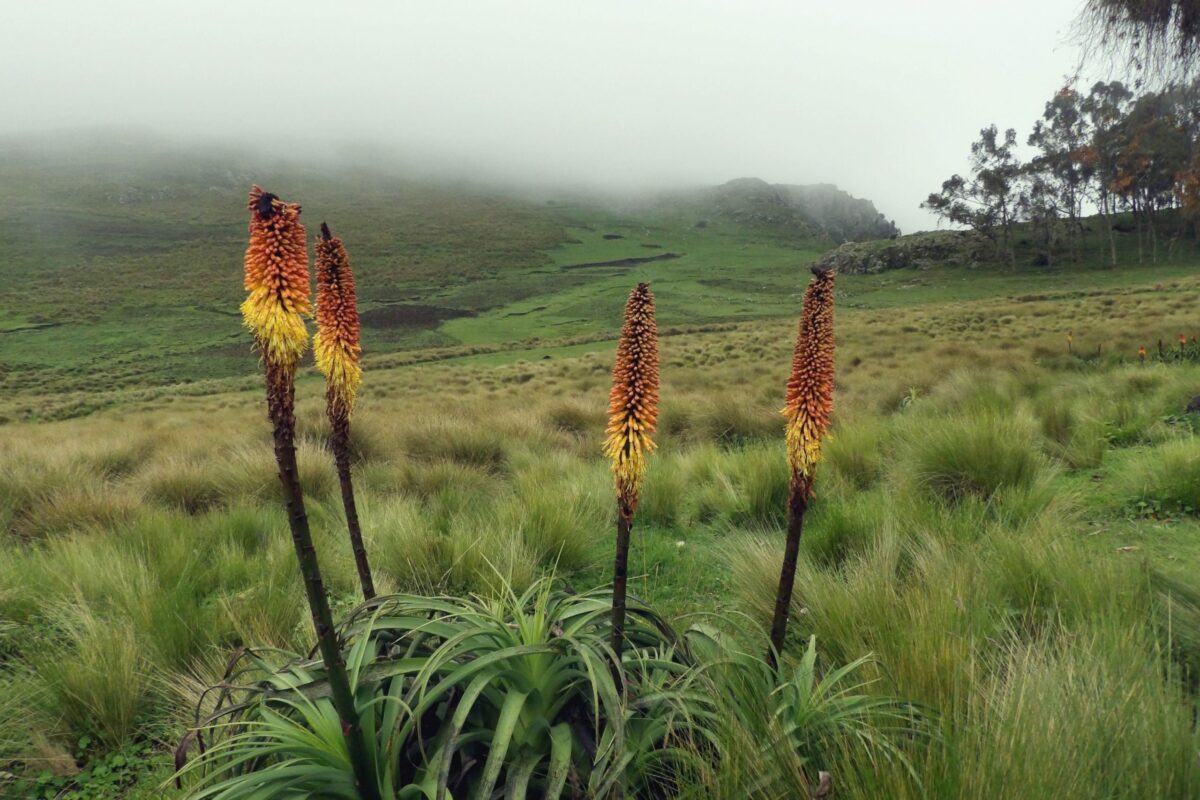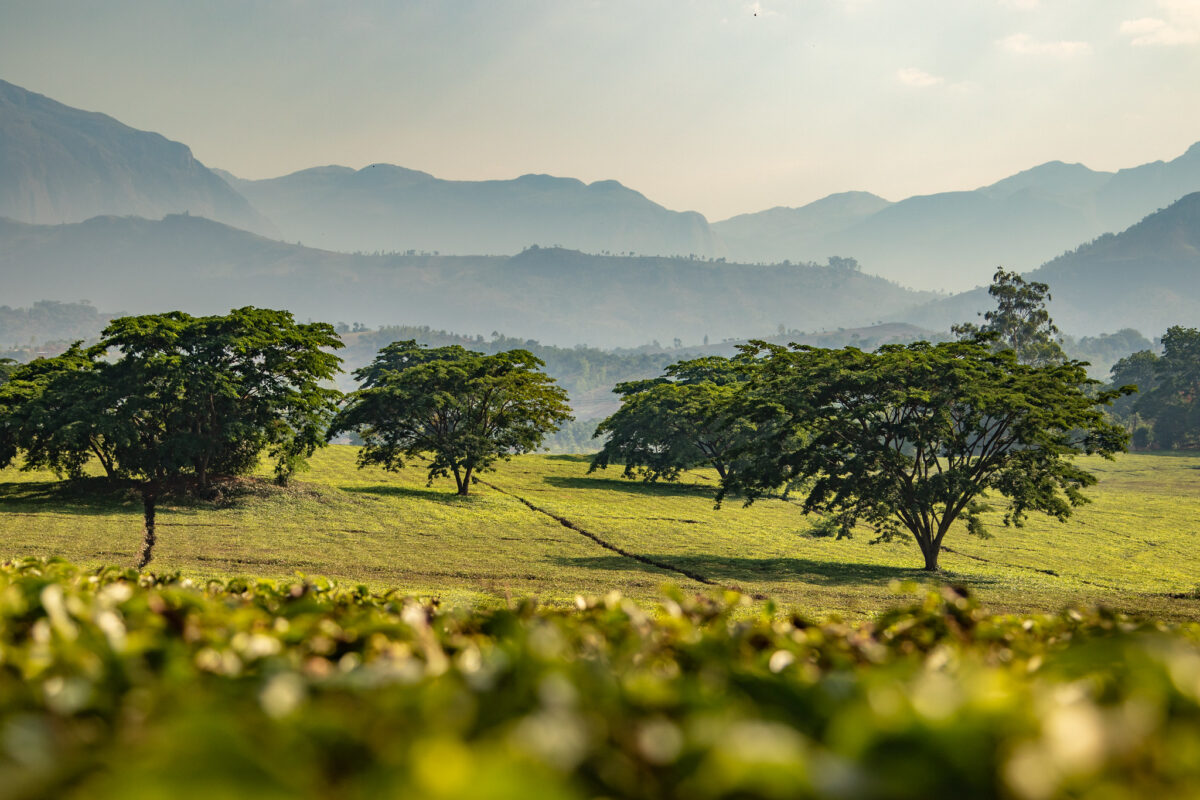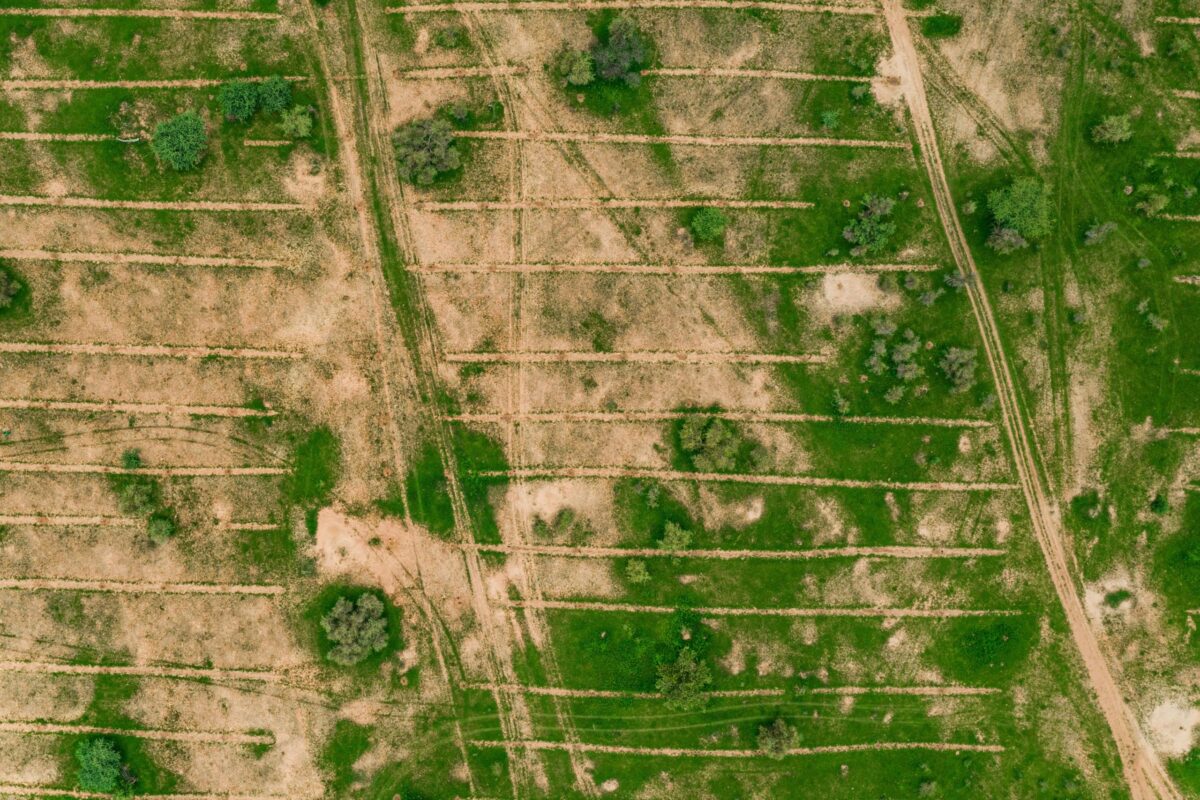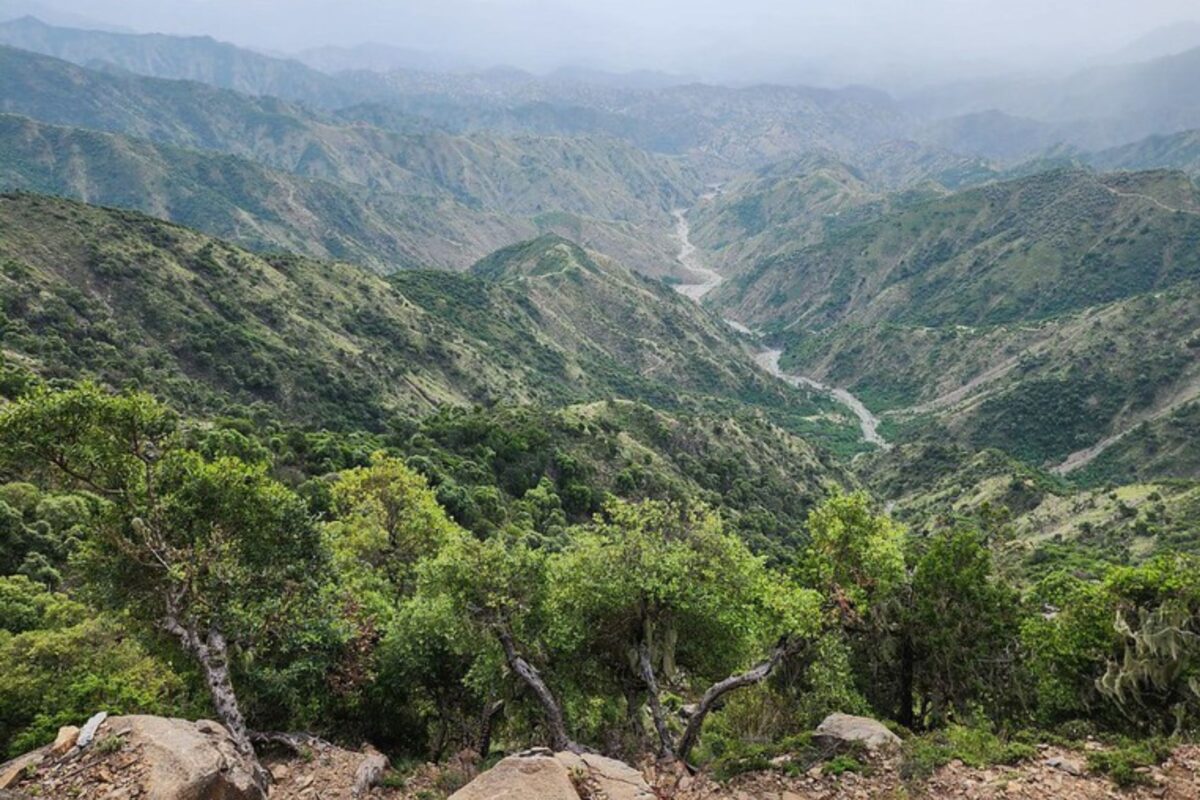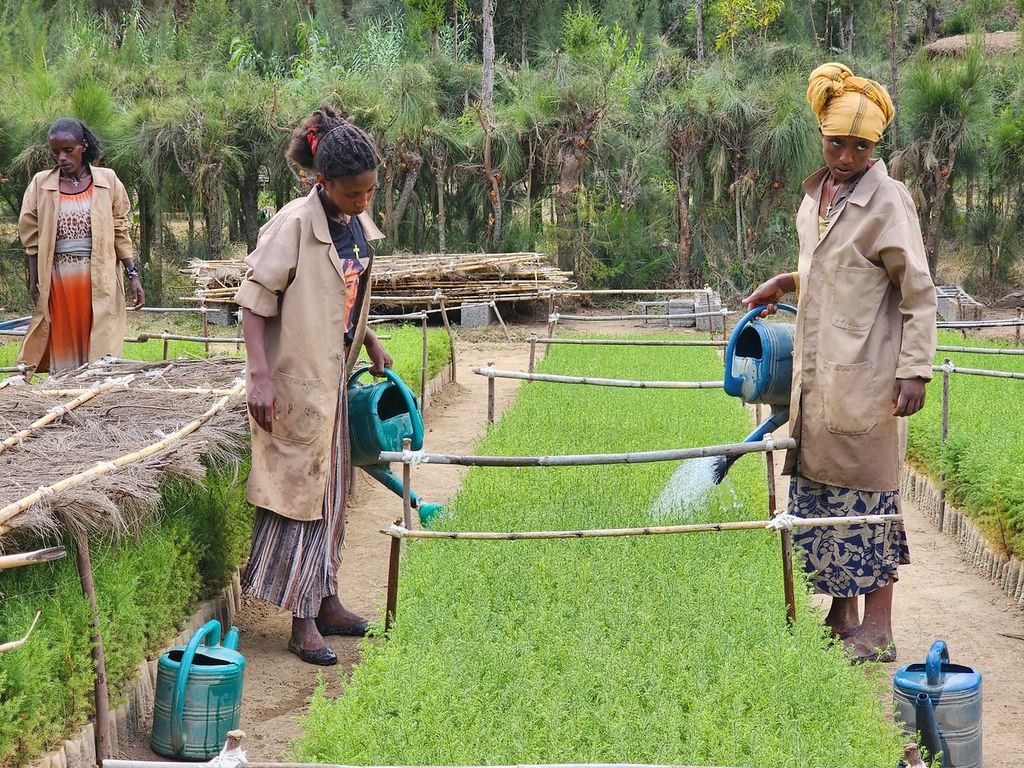Only deep, rapid and sustained attempts to reduce greenhouse gas emissions can keep the planet from hitting 1.5°C and avoid the worst impacts of climate change, according to the latest IPCC Synthesis Report from the UN.
Between 2001 and 2021, the world lost 473 million hectares of tree cover, mostly due to deforestation from human economic activities. Our trees are vital to keeping carbon out of the atmosphere, and tree loss has resulted in 176 gigatonnes of carbon emissions. We need to make sure these emissions remain safely locked away in healthy, protected forests.
New laws will oblige companies to make sure they clean up their emissions, live up to their Paris Climate goals, and help us avoid the critical 1.5°C temperature rise threshold. Failing to do so could lead to fines, or even a loss of market access in places like the EU. The tide is turning, and the path to stopping climate change is clear – we need to stop chopping forests down, and start restoring them.
“Reforestation, improved forest management, soil carbon sequestration, peatland restoration… can enhance biodiversity and ecosystem functions, employment and local livelihoods.”
Growing Trees for People, Nature and Climate
One third of the world’s forests have been destroyed as a result of mankind’s agricultural expansion – an area twice the size of the United States. Targeted action is essential, as only 10 countries retain 70% of the world’s remaining forests.
The IPCC report is an alarming read, but growing trees can reverse climate change. Even in their current, reduced state, they store 861bn metric tons of carbon. Every tree we cut down pollutes the air with released carbon, each one we plant purifies it. Planting trees is the most direct means of slowing climate change we have.
Beyond big picture benefits, growing trees helps communities thrive. According to the World Bank, forests provide livelihoods and critical resources like food and nutrition, medicines, and energy, to 1.3bn of the world’s population. For the WRI, reforestation “represents a readily available, relatively low-cost strategy that, when implemented appropriately, can deliver a wide range of benefits to communities.”
Forests are vulnerable to wildfires and other risks, so WeForest implements a holistic forest management system in concert with local communities. With WeForest, carbon emissions that go in the ground stay in the ground for good.
Restoration: a long-term investment with many benefits
As dawn breaks on a nature-positive future, companies are waking up to the climate change opportunities landscape restoration affords. It makes sense, as nature-based solutions like reforestation can deliver one third of the total carbon emissions reductions we need to meet global emissions targets – making them the most potent antidote we have for anthropogenic emissions.
Increasing the amount of tree canopy will arm the planet with the means to cope with the CO2 released into the atmosphere from human activity. This is more true in the tropics, where canopy cover can reach 100%, but pledges like the Bonn Challenge extend that to take advantage of reforestation potential in northern climates as well.
With 82 million trees growing across the world’s threatened and degraded tropical forests and forested landscapes so far, WeForest is making an impact where it’s most needed. Our Great Green Wall programme from the Ferlo desert in Senegal to the Desa’a forest in Ethiopia is well positioned to accelerate and scale the 8000km global GGW movement that spans 22 countries in Africa. In Desa’a alone, we are restoring 125 000 ha of land, growing nearly 10 million trees.
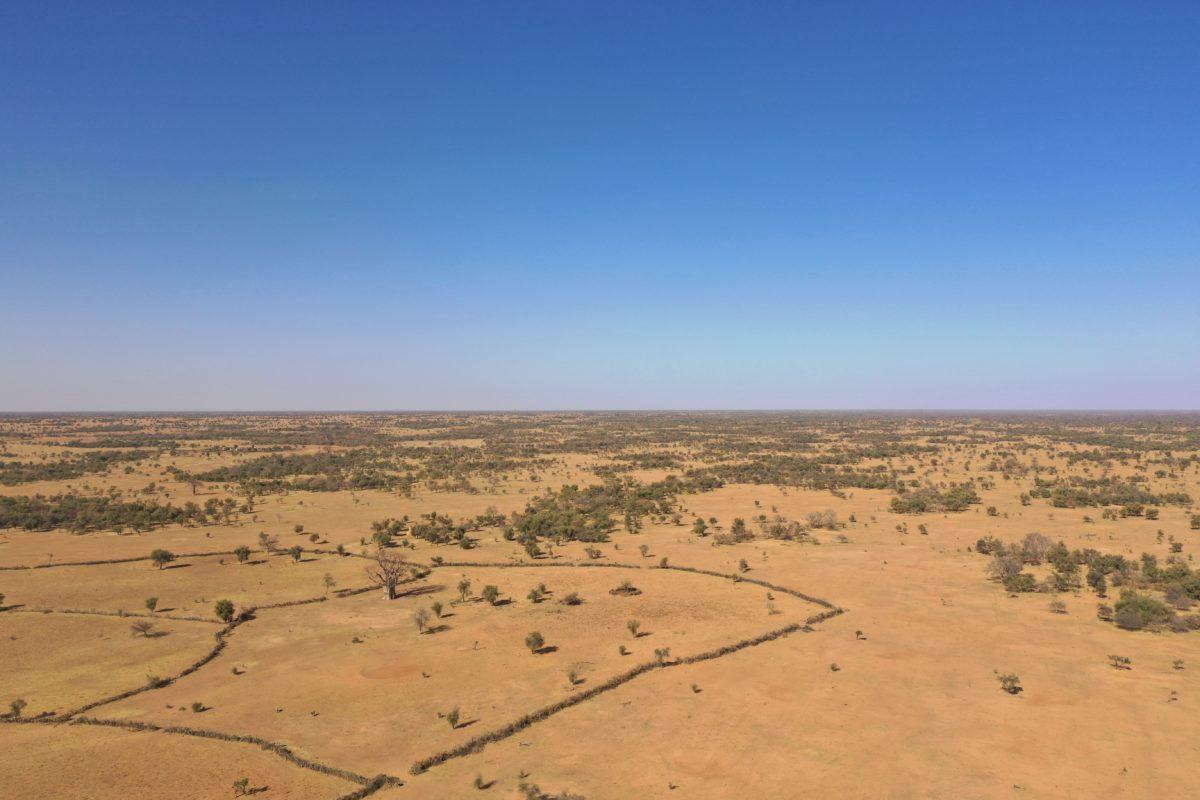
Trees: a Win-Win
Forest and Landscape Restoration (FLR) represents a credible, common sense approach to combating climate change, and WeForest deploys a science-based approach that allows for clear, comprehensive accounting of the impact of projects. Extensive logframes, KPIs, GPS monitoring and socioeconomic indicators, like jobs created, people trained, or income generated, are all factored in.
Investing in trustworthy, sustainable and locally stewarded restoration projects means companies and partners can help build a world where communities, economies and nature thrive together, sustainably. It’s a win-win for our partners, who can incorporate their support into their CSR strategies, inspire customers and workforces with a nature-positive vision, while having a genuine, positive impact on our planet and local communities.


